Share the page
Our cooperation on risk prevention, reduction and adaptation - Our work and impact
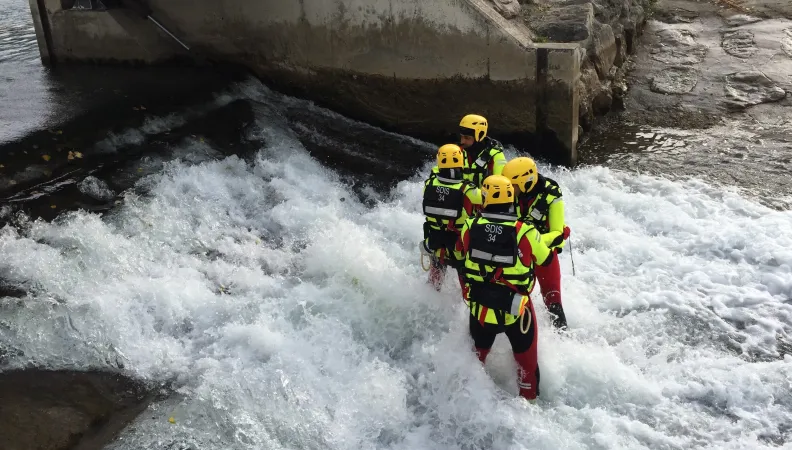
Our societies are exposed to an increasing number of risks, with repercussions for public safety. Certain natural risks (or hazards), such as storms, earthquakes and volcanic eruptions, often lead to a state of vulnerability among those who are unable to deal with them effectively. Uncertainty surrounding the frequency and intensity of these hazards is exacerbated by climate change.
Man-made risks – namely chemical, biological, radiological and nuclear (CBRN) risks – also pose a growing threat to public health, the environment and global security. The implications of these risks are multifaceted and range from the proliferation of dangerous materials and vulnerability of critical infrastructure to the catastrophic consequences of accidental or intentional events.
This is why it is crucial to work on preventing and preparing for these risks that threaten peace and stability in the regions affected. As France’s development cooperation agency, we carry out projects to prevent and prepare for natural and CBRN risks and assist with crisis management.
€188 million
Following a call for proposals in 2023, the European Commission allocated €188 million (excluding tax) to France to build up and maintain stocks to respond to health and CBRN crises. The first payment by the Commission was made in early 2024.
Source: https://sante.gouv.fr (2024)
Our strategic priorities
Faced with these many dangers, states must rise to a number of challenges, including to strengthen legislative and regulatory frameworks, develop early detection and warning systems, improve training for first responders, and promote global cooperation.
We help states to address these challenges through our work and funding as part of the Agence Française de Développement (AFD) Group. We also implement projects funded by the European Union. Our work encourages greater risk awareness and strengthens institutional crisis prevention and preparedness mechanisms. It is structured around three key phases:
- Prevention of risks: Analyse and prevent chemical, biological, radiological, nuclear and explosive risks (CBRN-E); support strategic trade control of arms and dual-use goods; combat the proliferation of weapons and means of mass destruction; strengthen civil defence services; manage industrial risks; and protect critical infrastructure.
- Reduction and mitigation of risks: Strengthen the capacity of states to ensure civil protection and security; and mitigate CBRN-E risks by encouraging greater cooperation between governments and international partners.
- Adaptation to risks: Provide immediate support to populations facing pandemics, natural disasters, technological hazards and malicious acts (such as terrorism).
“The lack of a clear regulatory framework for industrial risks has serious repercussions. [...] For example, without specific regulations, companies are not necessarily obliged to carry out detailed risk analyses. Nor are they required to set up risk management plans. As a result, security often depends on the voluntary good practices of companies, and this is not always enough.”
- Managing director and co-founder of COMPETENCIES, expert in CBRN and industrial risk

Our framework for action
Our work in this area is backed by European bodies and research institutes, as well as by the Security and Defence Cooperation Directorate (DCSD) of the Ministry for Europe and Foreign Affairs, and the Directorate-General for Civil Protection and Crisis Management (DGSCGC) of the Ministry of the Interior.
Our work aligns with international agreements on disaster risk reduction, such as the Paris Agreement and the Sendai Framework for Disaster Risk Reduction 2015–2030.
The Sendai Framework aims to reduce the risk of disasters and the loss of human life, livelihoods and health, as well as damage to the economic, material, social, cultural and environmental assets of individuals, businesses, communities and countries up to 2030.
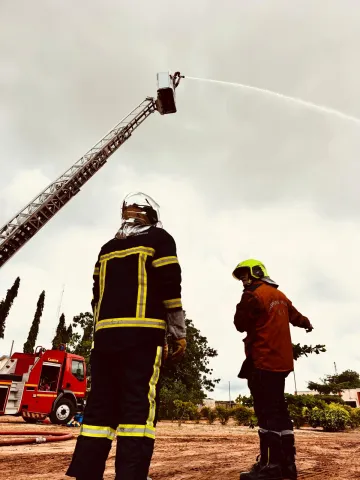 PCAO
PCAO
For further reading
Our services in this area
Our work focuses on managing CBRN and natural risks by strengthening the capacities of state bodies and civil defence organisations in the prevention, preparedness and response phases. Our support takes various forms, including:
- Risk mapping (hazard, exposure, vulnerability)
- Strengthening of multi-hazard warning systems
- Strengthening of civil defence capacities (equipment, training, legislation)
- Support for the strengthening of rules and regulations (CBRN risks)
- Knowledge sharing
FAQs
For more about risk prevention, reduction and adaptation
CBRN risks refer to chemical, biological, radiological and nuclear threats. The term CBRN-E risks is also used, which includes explosive risks. These risks include hazards associated with the accidental or intentional use or release of materials or agents that may cause serious harm to human health, the environment and infrastructure.
These risks may be the result of industrial accidents, natural disasters or malicious acts such as terrorism. CBRN risk management involves taking appropriate prevention, detection, protection and response measures to minimise potential impacts on populations and the environment.
The Sendai Framework for Disaster Risk Reduction 2015–2030 was adopted at the third UN World Conference in Sendai (Japan) in 2015. It establishes a global roadmap for preventing, managing and reducing the risks of disaster. It sets out four priority actions:
- Improve our understanding of disaster risk factors
- Strengthen the governance of disaster risks
- Invest in the reduction of disaster risks to strengthen resilience
- Improve disaster preparedness for better response and recovery
The Sendai Framework also encourages all stakeholders, including governments, national and local authorities, the private sector and communities, to contribute to the implementation of disaster risk reduction strategies.
Disaster risk reduction is a concept that encompasses all policies, strategies and practices aimed at analysing and reducing the factors that cause disasters. It includes prevention, preparedness, response and reconstruction/rehabilitation.
Risk mitigation, on the other hand, is a part of risk reduction. It focuses on actions aimed at reducing or limiting the negative effects of hazards.
To sum up, mitigation is a proactive strategy to reduce exposure and vulnerability to hazards, whereas disaster risk reduction is a comprehensive approach that incorporates mitigation and other measures to manage risks.
Our projects
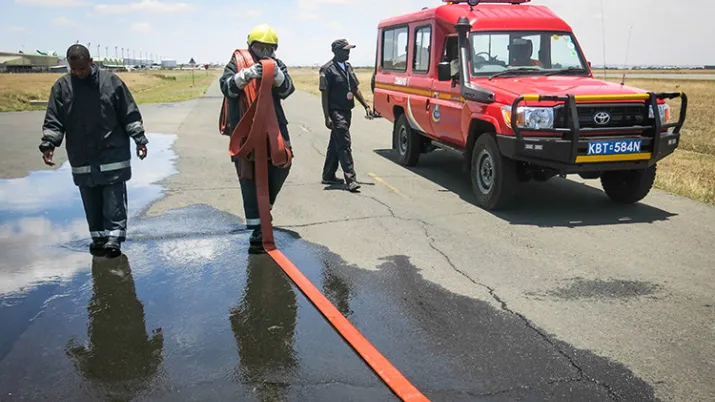
GRIL - Industrial risk management project in Lebanon
Closed
2020 - 2022
Funders : Ministry for Europe and Foreign Affairs of France
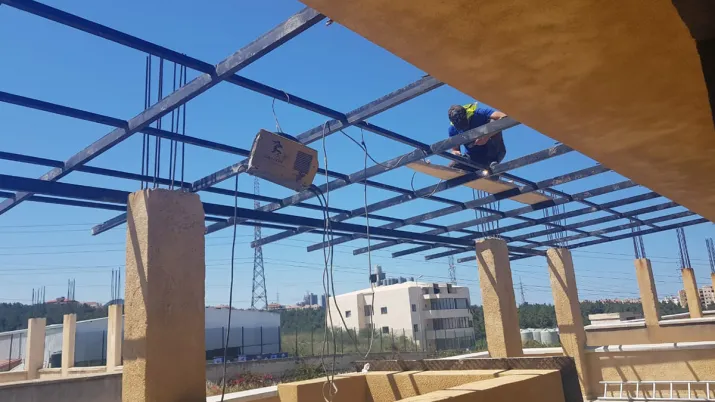
Support to the physical and institutional reconstruction of the Port of Beirut
Closed
2022 - 2024
Funders : Agence Française de Développement
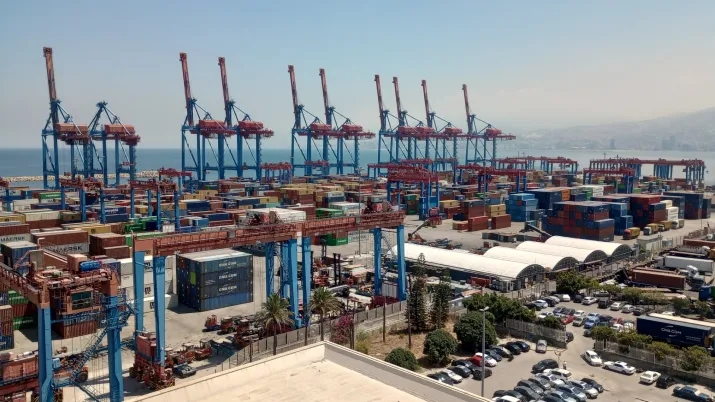
Key figures
- 13 projects underway
- +30 countries of operation
- €34 million in global projects
